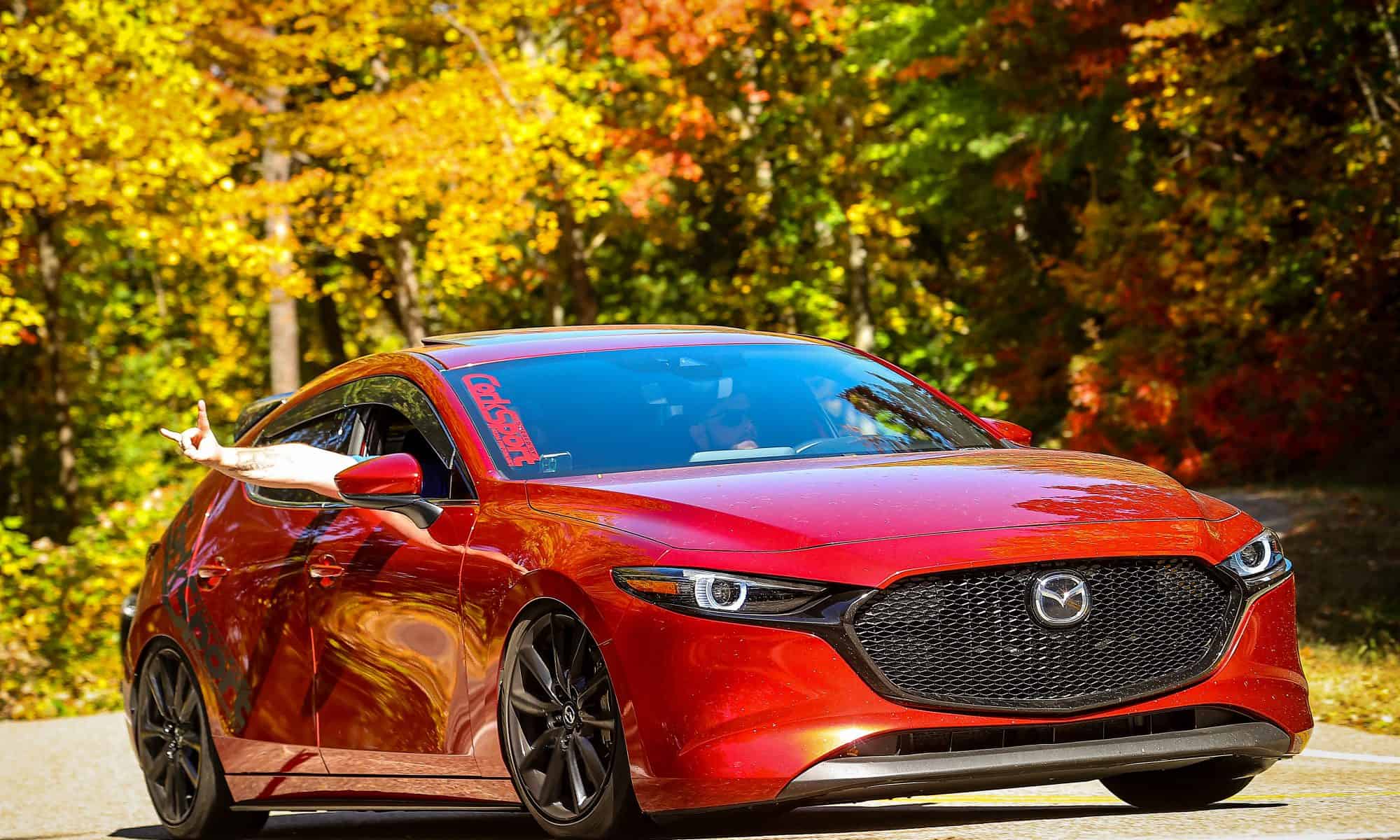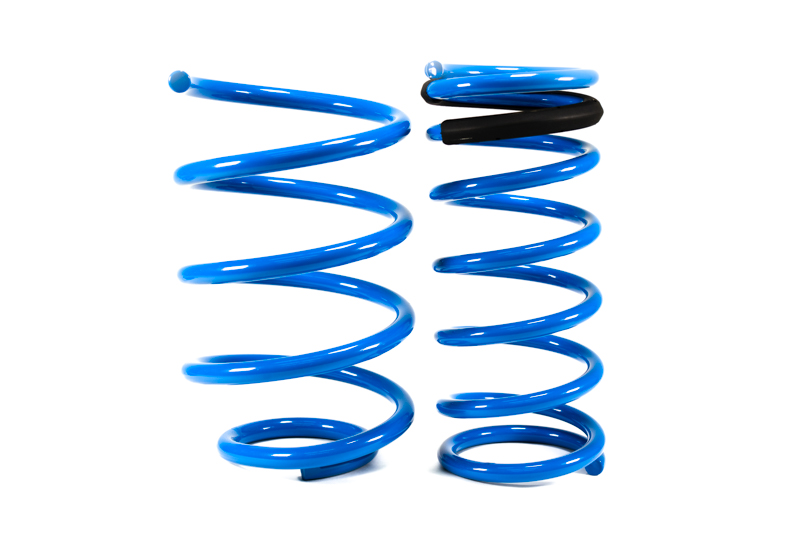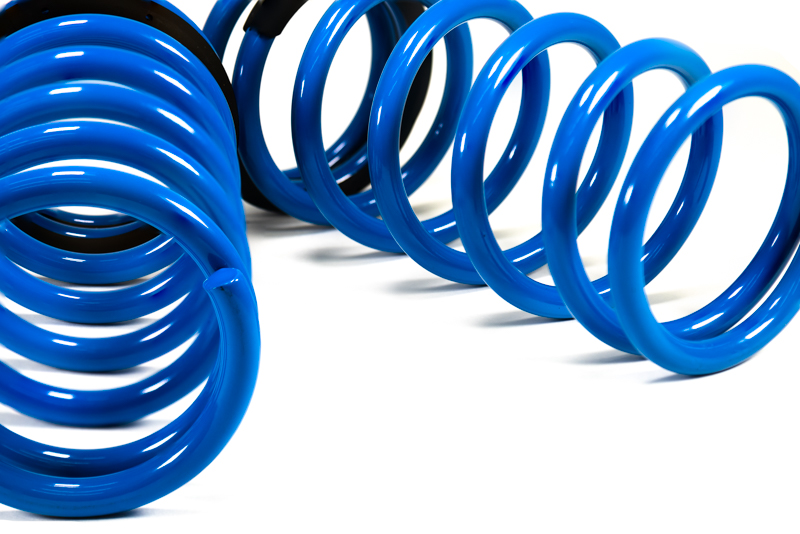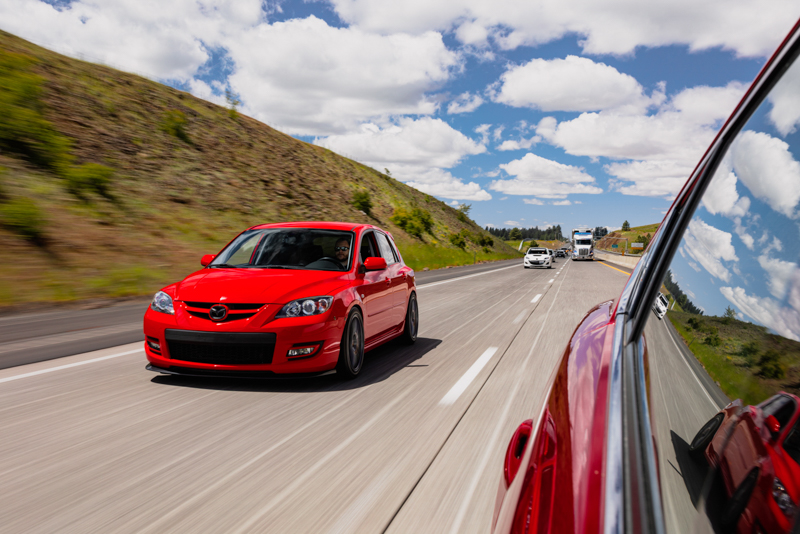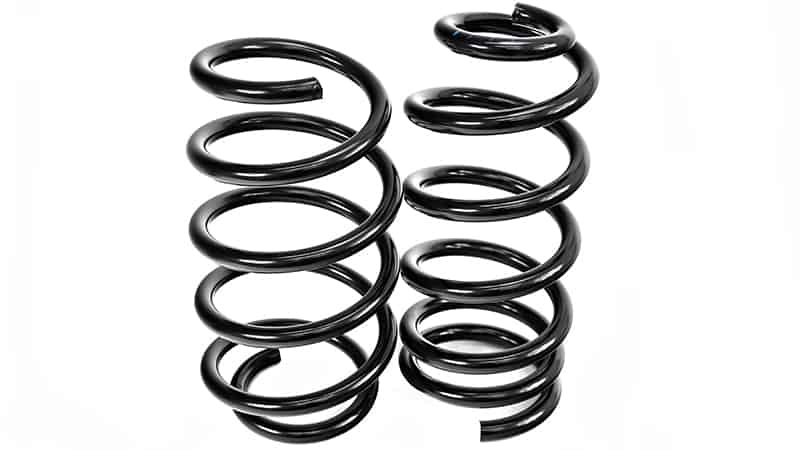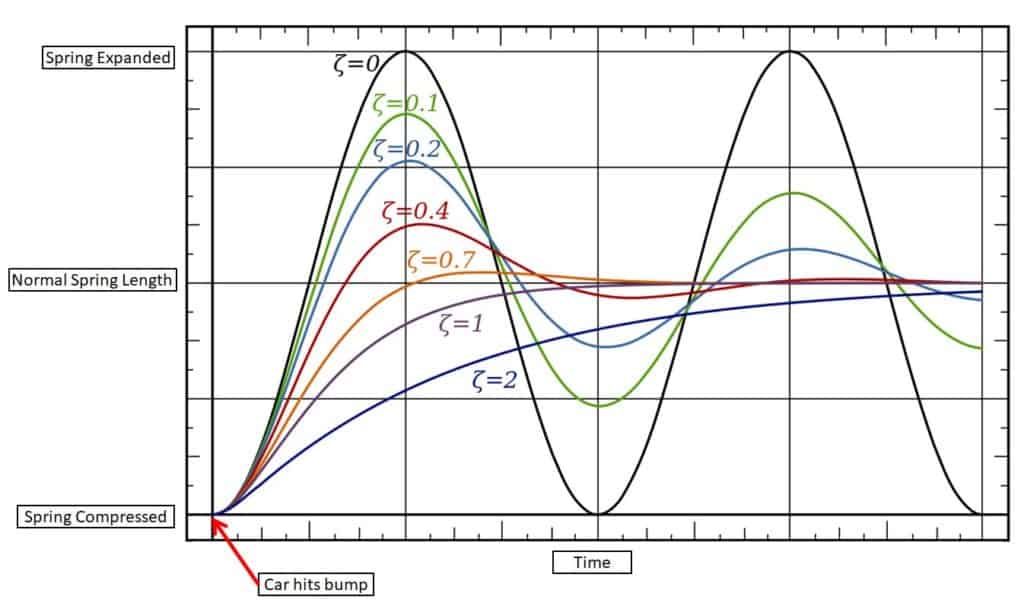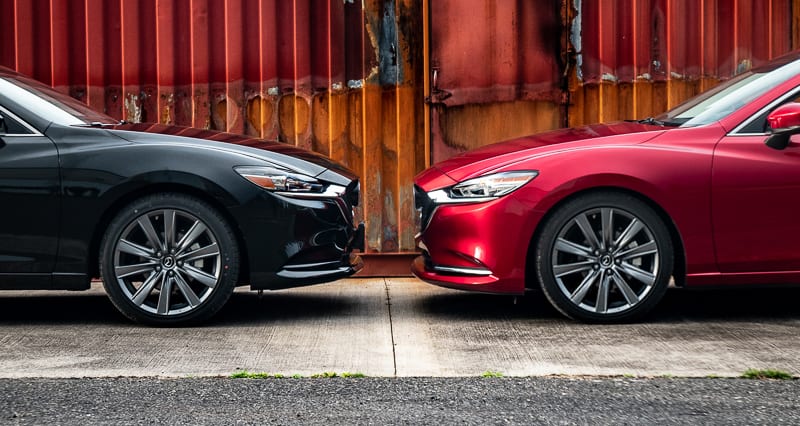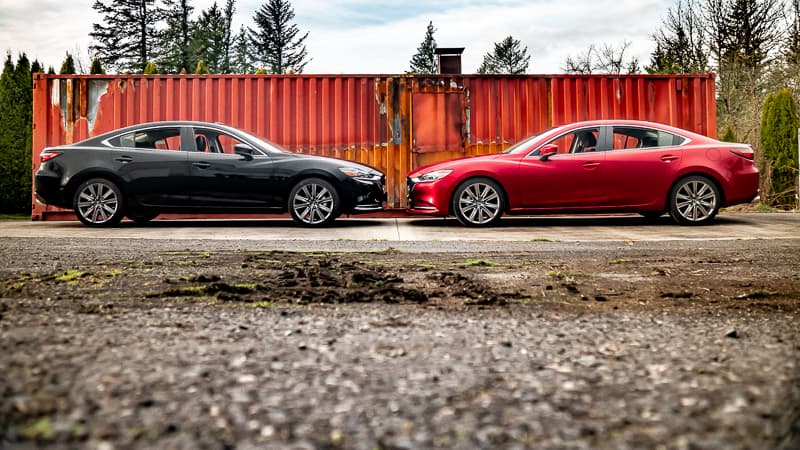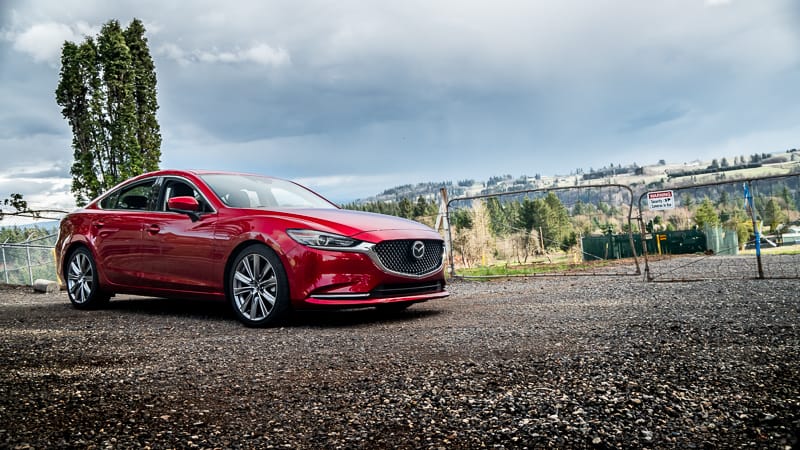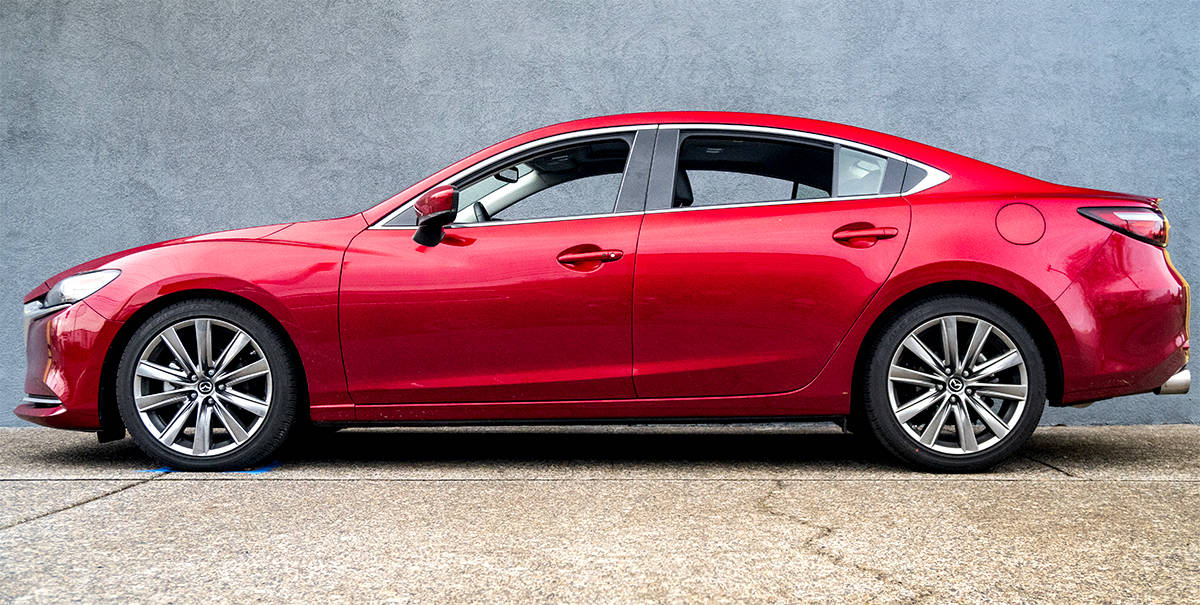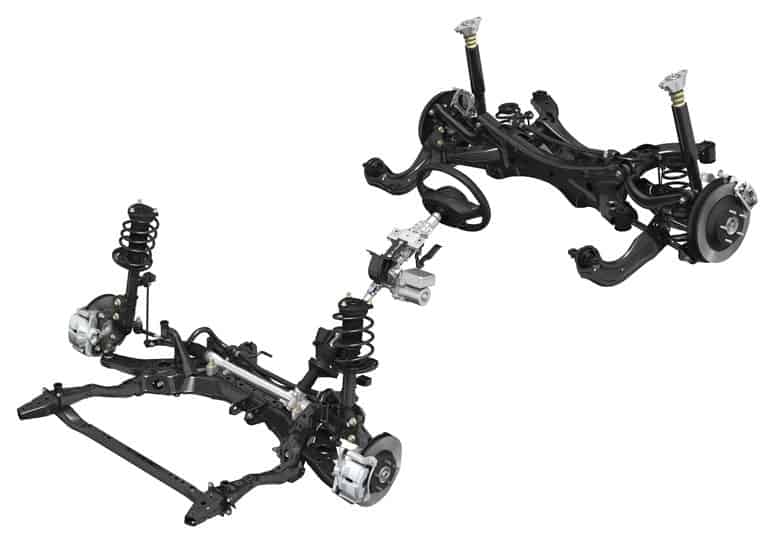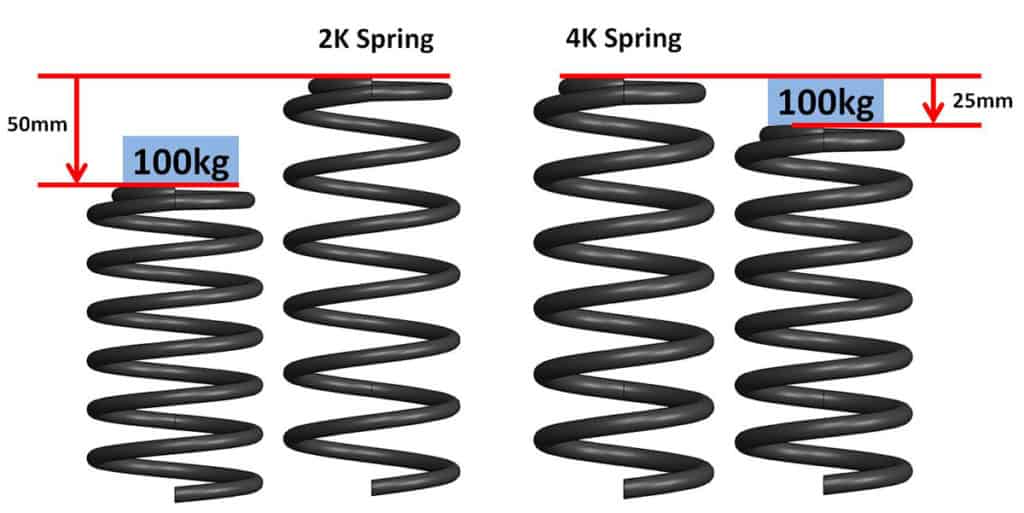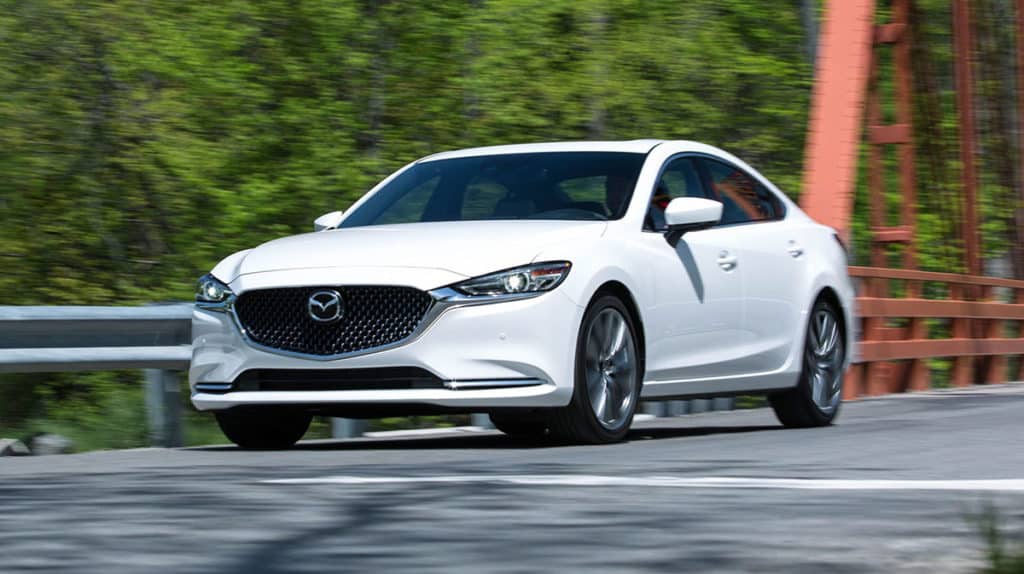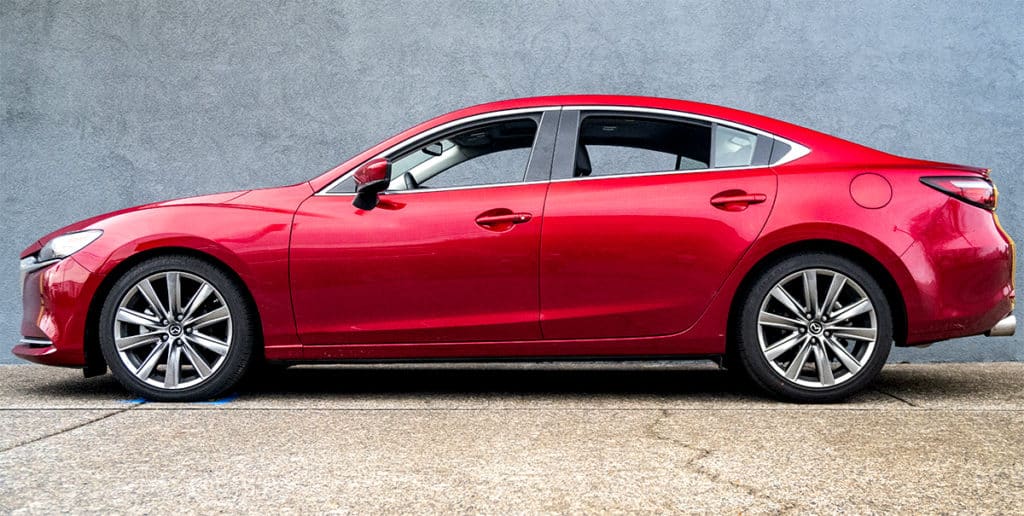Since releasing our original turbo springs for the Mazda 3, we have noticed that some people would like lowering springs for their Mazda 3 Turbo that offer a milder drop in ride height, but still provide the same great handling characteristics as the originals. This is the reason behind the new CS lowering springs for the turbo Mazda 3; the “Not-So-Low” springs. The drop in ride height has been reduced 0.5 inches in the front and 0.3in in the rear and offers another option for those wanting lowering springs for their Turbo Mazda 3. Keep on reading to get a look at the new CS lowering springs in action.
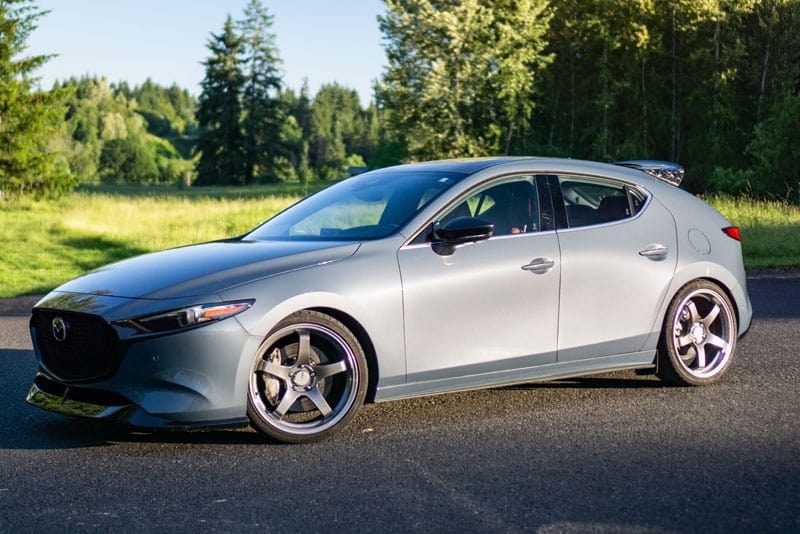
First let’s go over the main difference between the new CS lowering springs and the original ones. Ride height is increased 0.5 inches over the previous lowering springs in the front and 0.3 inches in the rear which brings the total drop to 1.0 inch in the front and 1.5 inches in the rear for hatchback models. The slightly heavier sedan nets a total drop of 1.0 inch front and 1.6 inches in the rear. The sedan sits just slightly lower in the rear because of the extra weight, but also sits level and looks fantastic! The milder drop in ride height still looks low enough to give your Mazda an aggressive stance, b
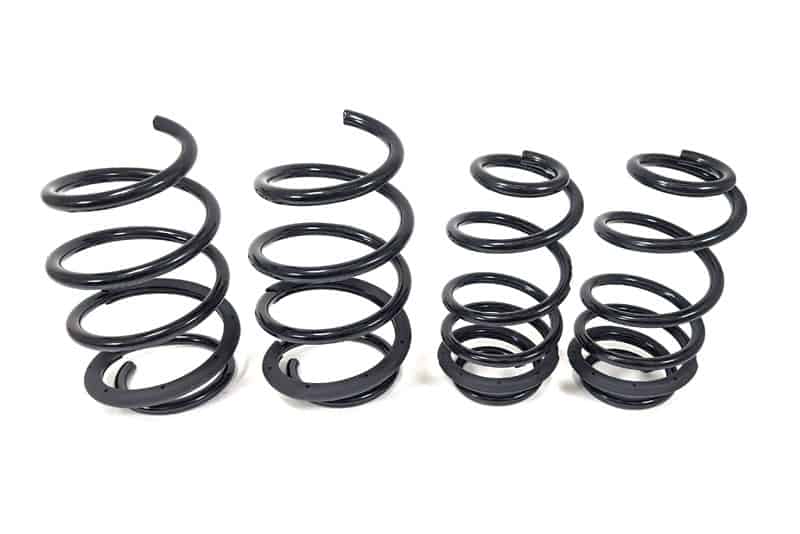
Now onto the benefits of the CS lowering springs that you can feel. The improvement in handling that you get from the CS lowering springs really helps bring some much needed sharpness to the Mazda 3 Turbo. Lowering the height of the car also results in the center of gravity being lower, which helps reduce the amount of body roll felt while driving. Also in conjunction with this, is the increased spring rates, which also play a major part in reducing body roll while cornering. This gives you more confidence while driving at the limit. We have also adjusted the rear spring rates to help reduce understeer when pushing your car to the edge and helps give it more neutral handling characteristics.
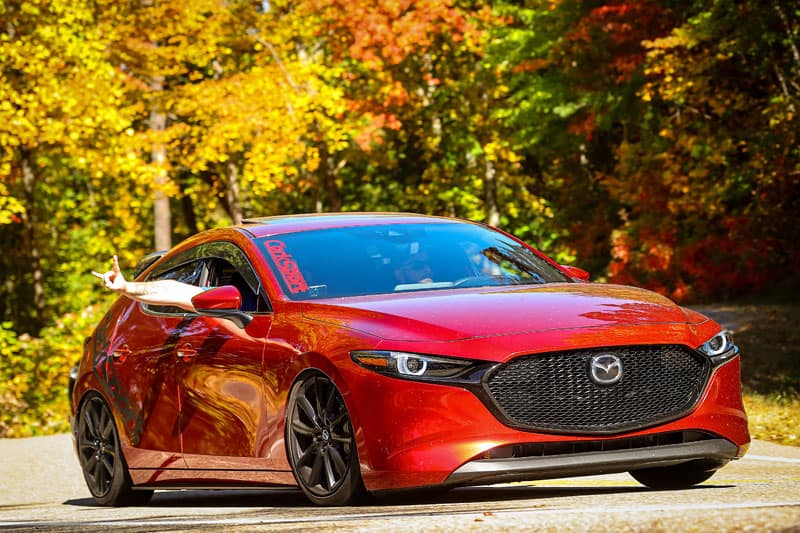
For the new CS lowering springs we have retained the proven spring rates from the original lowering spring kit. This results in a front spring rate of 3.4K while the rear has a spring rate of 5.9K. This gives you a great balance of still being able to enjoy daily driving while also giving you a sportier feel when hitting the backroads. The Turbo Mazda 3 also features stiffer dampers that control the extra weight added by the turbo better so the ride is smooth and not bouncy.
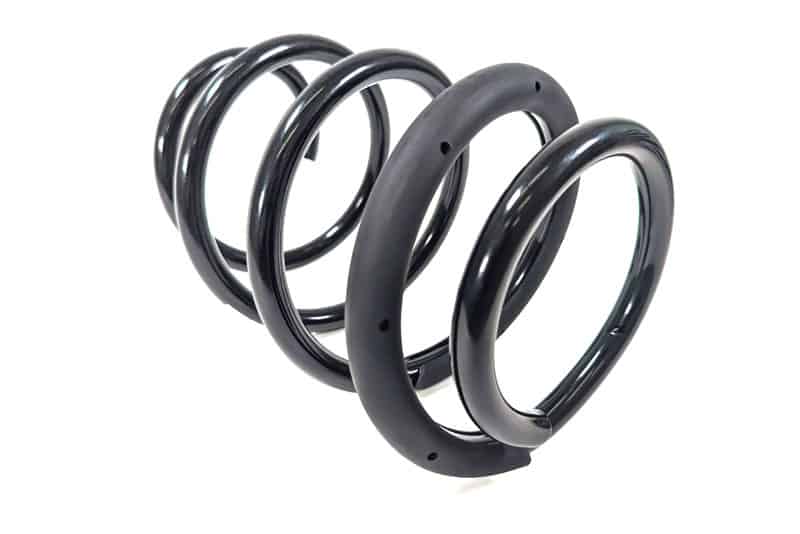
These springs also feature the same simple installation of the original kit and only require modification to the factory bump stops so that proper suspension travel is retained at the lower ride height. The springs are made with high tensile strength spring steel to ensure that they perform consistently and will not settle over time. The springs are then powdercoated black to provide a durable finish and protect against corrosion. They also feature spring silencers to prevent any additional noise during suspension travel.
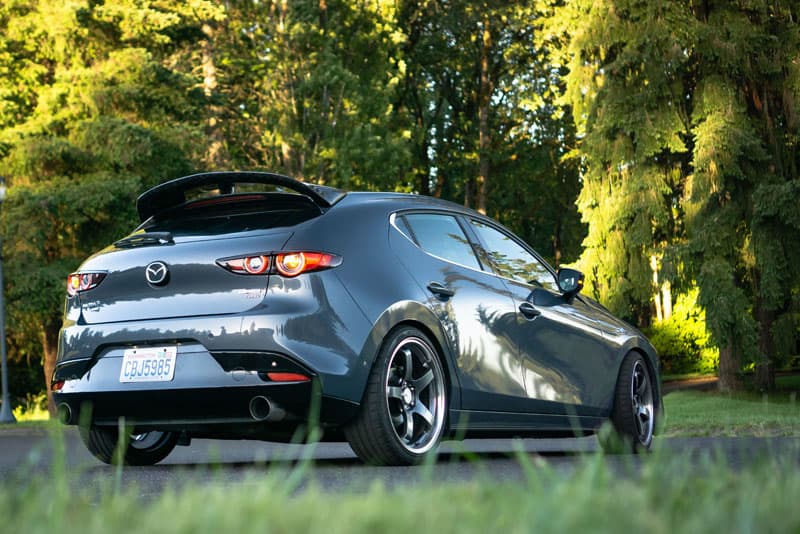
Well that covers the major details of the new CS lowering springs for the Mazda 3 turbo. Head over to the product listing for more pictures and give us a call if you have any questions on the lowering springs.
P.S. The car in the above images is riding on Advan GT wheels in 19×8.5 +38 size, wrapped in Kumho 235/35 R19 summer tires.
P.S. – We hope are as happy as Aaron Maves with his new springs!



